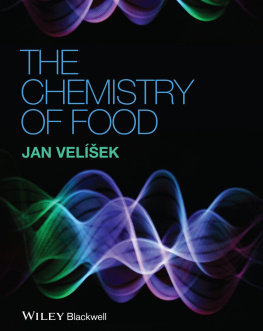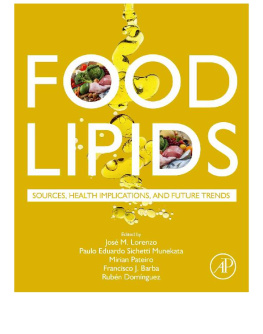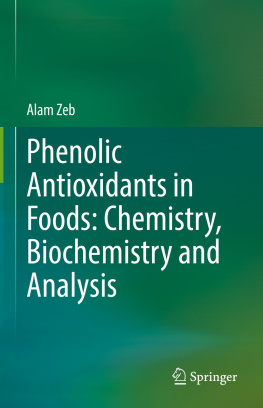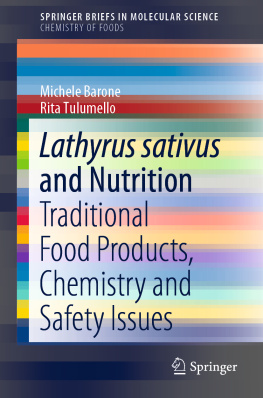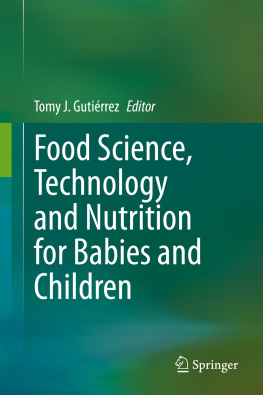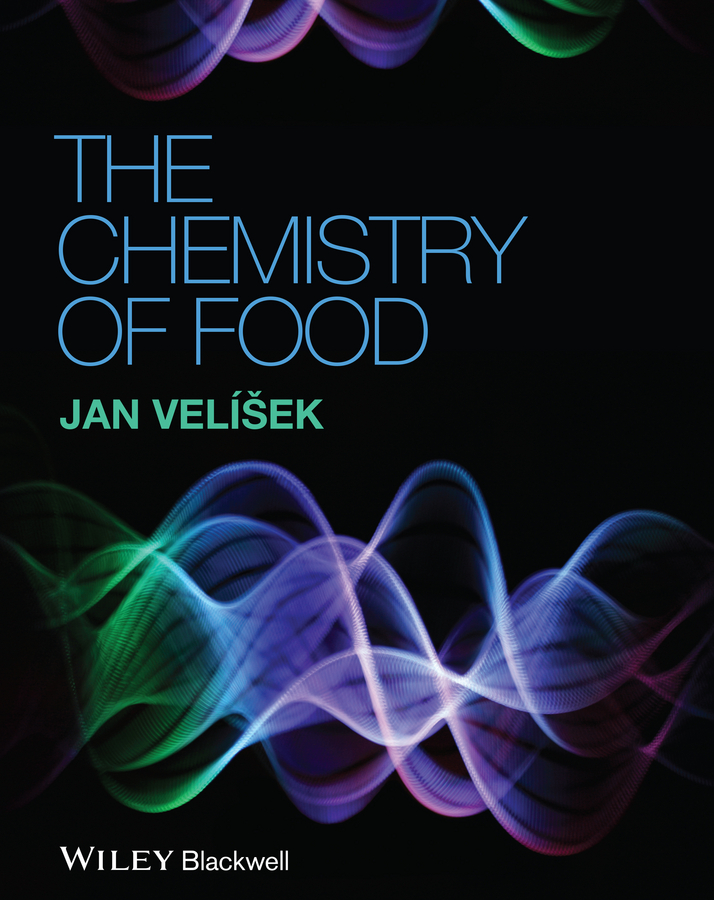
This edition first published 2014 2014 by John Wiley & Sons, Ltd
Registered office: John Wiley & Sons, Ltd, The Atrium, Southern Gate, Chichester, West Sussex, PO19 8SQ, UK
Editorial offices: 9600 Garsington Road, Oxford, OX4 2DQ, UK
The Atrium, Southern Gate, Chichester, West Sussex, PO19 8SQ, UK
111 River Street, Hoboken, NJ 07030-5774, USA
For details of our global editorial offices, for customer services and for information about how to apply for permission to reuse the copyright material in this book please see our website at www.wiley.com/wiley-blackwell.
The right of the author to be identified as the author of this work has been asserted in accordance with the UK Copyright, Designs and Patents Act 1988.
All rights reserved. No part of this publication may be reproduced, stored in a retrieval system, or transmitted, in any form or by any means, electronic, mechanical, photocopying, recording or otherwise, except as permitted by the UK Copyright, Designs and Patents Act 1988, without the prior permission of the publisher.
Designations used by companies to distinguish their products are often claimed as trademarks. All brand names and product names used in this book are trade names, service marks, trademarks or registered trademarks of their respective owners. The publisher is not associated with any product or vendor mentioned in this book.
Limit of Liability/Disclaimer of Warranty: While the publisher and author(s) have used their best efforts in preparing this book, they make no representations or warranties with respect to the accuracy or completeness of the contents of this book and specifically disclaim any implied warranties of merchantability or fitness for a particular purpose. It is sold on the understanding that the publisher is not engaged in rendering professional services and neither the publisher nor the author shall be liable for damages arising herefrom. If professional advice or other expert assistance is required, the services of a competent professional should be sought.
Library of Congress Cataloging-in-Publication Data
Velisek, Jan, 1946
[Chemie potravin. English]
The chemistry of food / Jan Velisek.
pages cm
Includes bibliographical references and index.
ISBN 978-1-118-38384-1 (cloth) ISBN 978-1-118-38381-0 (paperback) 1. Food Analysis Textbooks.; 2. Food Composition Textbooks.; I. Title.
TP372.5.V4513 2013
664.07 dc23
2013026547
A catalogue record for this book is available from the British Library.
Wiley also publishes its books in a variety of electronic formats. Some content that appears in print may not be available in electronic books.
Cover image: istock merrymoonmary
Cover design by Andy Meaden
Preface
During the 15 years that have elapsed since the first Czech edition of the textbook The Chemistry of Food was published, many important monographs and scientific articles from various areas of food science have appeared in the literature, thanks to developments in analytical instrumentation and advances in the knowledge in the field of food technology. All these, plus the interest expressed by the readers, were the impetus that led to the third Czech edition of the book in 2009. This first English edition of The Chemistry of Food has remained essentially unchanged in terms of the basic structure of the 12 chapters and the majority of the text, tables, figures and formulae. Certain specific parts, however, have, necessarily, been revised, supplemented and updated.
The Chemistry of Food is the result of many years of experience by workers at the Department of Food Chemistry and Analysis (now Department of Food Analysis and Nutrition), Institute of Chemical Technology in Prague, through the teaching of this subject, plus other related topics taught in the Faculty of Food and Biochemical Technology. The reader will first be introduced to the chemical composition of foods, the important properties of food components and their functions. After these set descriptions, subsequent sections deal with the changes and reactions that occur, or may occur, in foods under certain conditions. It is necessary for the reader to be able to understand the context and complexity of all the processes taking place in foods. As in the previous Czech editions, the authors have tried to reduce to a minimum the amount of text, as is typical for textbooks on biochemistry, microbiology, organic, inorganic and physical chemistry, so that it should not be necessary to consult other specialised textbooks too often, but, at the same time, ensuring the text is clear to both students and professionals.
The textbook contains an introductory chapter and then 11 chapters dealing with the main and accessory nutrients that determine the nutritional and energy value of food raw materials and foods. There is a chapter describing amino acids, peptides and proteins, a chapter dealing with fats, oils and other lipids, as well as chapters on carbohydrates, vitamins, mineral substances and water. Another chapter considers compounds responsible for the aroma, taste and colour attributes that determine the sensory quality of food raw materials and foods. The remaining chapters discuss substances that affect, or may affect, the hygienictoxicological quality of food raw materials and foods, including antinutritional, toxic and other biologically active food components, food additives and food contaminants.
The third Czech edition featured the work of many workers from the Department of Food Chemistry and Analysis, along with colleagues from other departments of the Faculty of Food and Biochemical Technology and also external authors. Jan Pnek acted as a co-author of the chapters dealing with the main nutrients, and Helena kov and Michal Voldich participated in these and other chapters. Co-authors of the chapter on amino acids, peptides and proteins were Karel Cejpek and Roman Kubec, of the chapter on fats, oils and other lipids Jana Dostlov and Vladimr Filip, of the chapter on carbohydrates Karel Cejpek and Kamila Mkov, of the chapter on minerals Richard Koplk, of the chapter on flavour-active substances Jan avel, of the chapter on pigments and other colourants Jana Dostlov, of the chapter of antinutritional and toxic substances Pavel Kala and Pemysl Slanina, and of the chapter on contaminants Jaroslav Dobi, Marek Doleal and Jana Hajlov. The co-authors of the sections dealing with food legislation were Vladimr Kocourek and Kamila Mkov. Most of these co-authors were also involved in the first and second Czech editions of this publication. In addition, co-authors of the first and second Czech editions included Jan Pokorn (the chapter on fats, oils and other lipids), Ji Davdek (the chapter on vitamins and contaminants), Tom Davdek (the chapter on carbohydrates), Karel Hrnik (chapters on vitamins and antinutritional and toxic compounds) and Helena Valentov (the chapter on pigments and other colourants). I would like to take this opportunity to thank all of my co-authors and other colleagues for their thorough work. Considerable thanks are also due to the reviewers of the first Czech edition, Prof. Ing. Alexander Prbela, DSc. (Slovak University of Technology in Bratislava, Slovak Republic) and Ass. Prof. RNDr Jan Stank, PhD, who also did a great deal of hard work on the project.
The co-authors of the Czech editions were Ass. Prof. Ing. Karel Cejpek, Ing. Helena kov, PhD, Prof. Ing. Ji Davdek, DSc., Ass. Prof. Ing. Jaroslav Dobi, PhD, Ass. Prof. Ing. Marek Doleal, Prof. Ing. Jana Dostlov, PhD, Prof. Ing. Vladimr Filip, PhD, Prof. Ing. Jana Hajlov, PhD, Prof. Ing. Vladimr Kocourek, PhD, Prof. Dr Ing. Richard Koplk, Ass. Prof. Ing. Kamila Mkov, PhD, Ass. Prof. Ing. Jan Panek, PhD, Prof. Ing. Jan Pokorn, DSc., Ass. Prof. Dr Ing. Kateina Riddellov and Prof. Ing. Michal Voldich, PhD, staff of the Faculty of Food and Biochemical Technology, Institute of Chemical Technology in Prague. External co-authors were Ing. Tom Davdek, PhD (Nestl, Orbe, Switzerland), Ing. Karel Hrnik, PhD (Unilever, Vlaardingen, The Netherlands), Prof. Ing. Pavel Kala, PhD (University of South Bohemia, esk Budjovice), Ing. Roman Kubec, PhD (University of South Bohemia, esk Budjovice), Prof. Pemysl Slanina, DVM, PhD (National Food Administration, Uppsala, Sweden), Ass. Prof. Ing. Jan avel, PhD (Budweiser Budvar n.p., esk Budjovice) and Ing. Helena Valentov, PhD (Hgli Food Ltd, Zsmuky).
Next page
